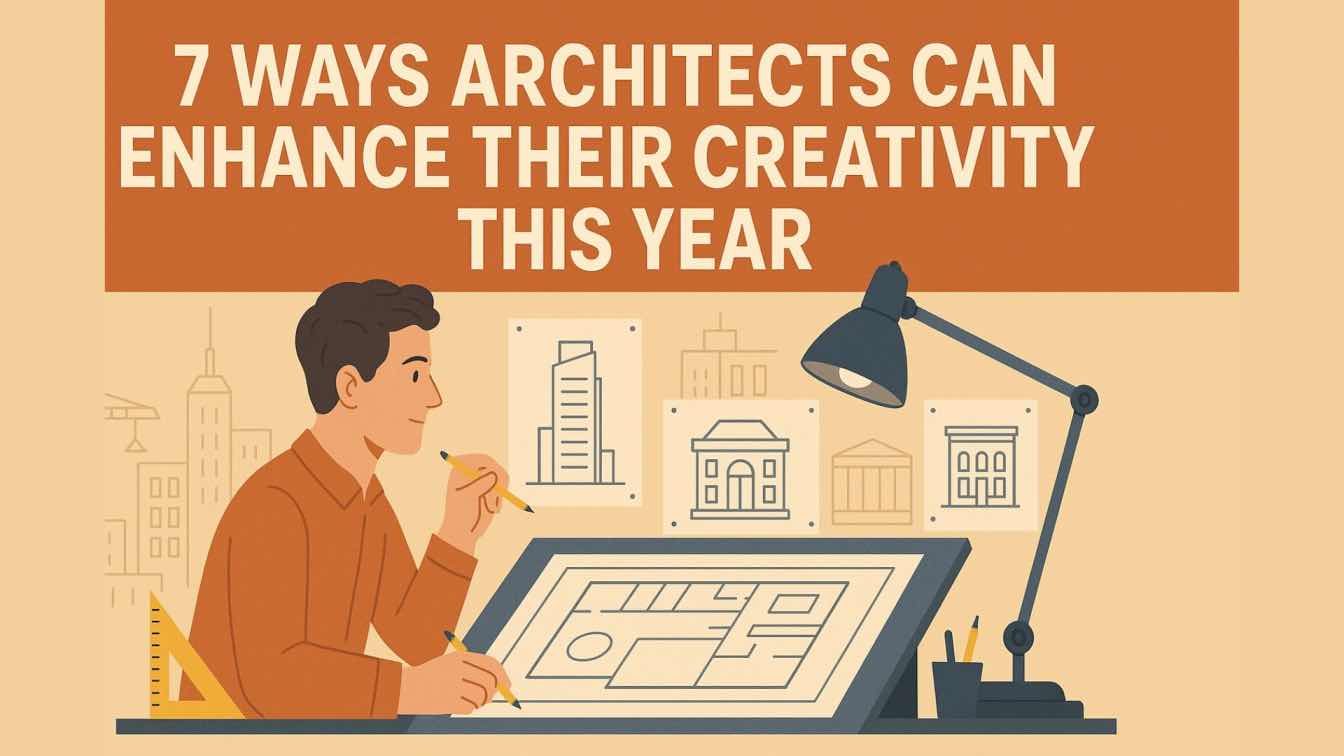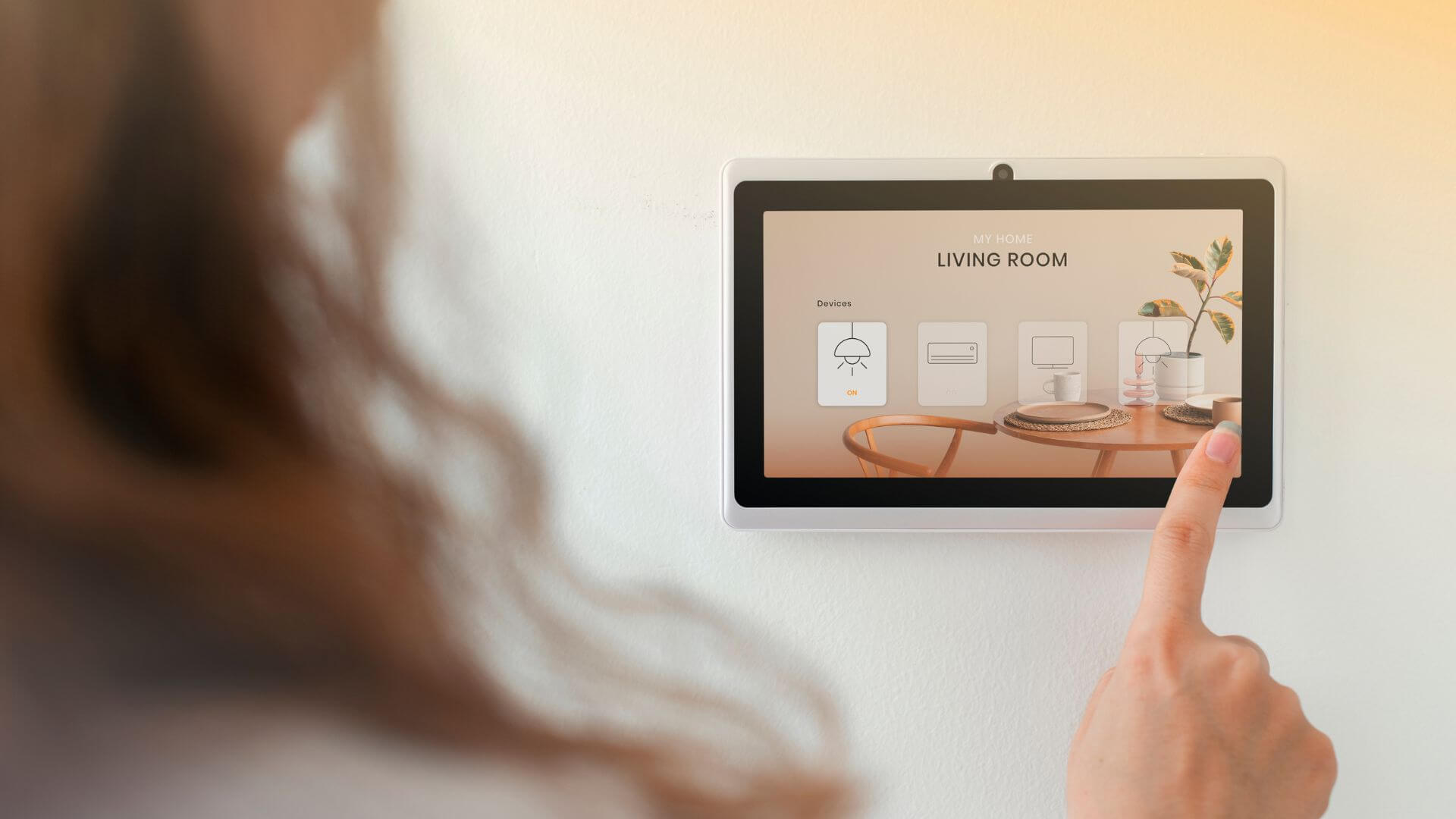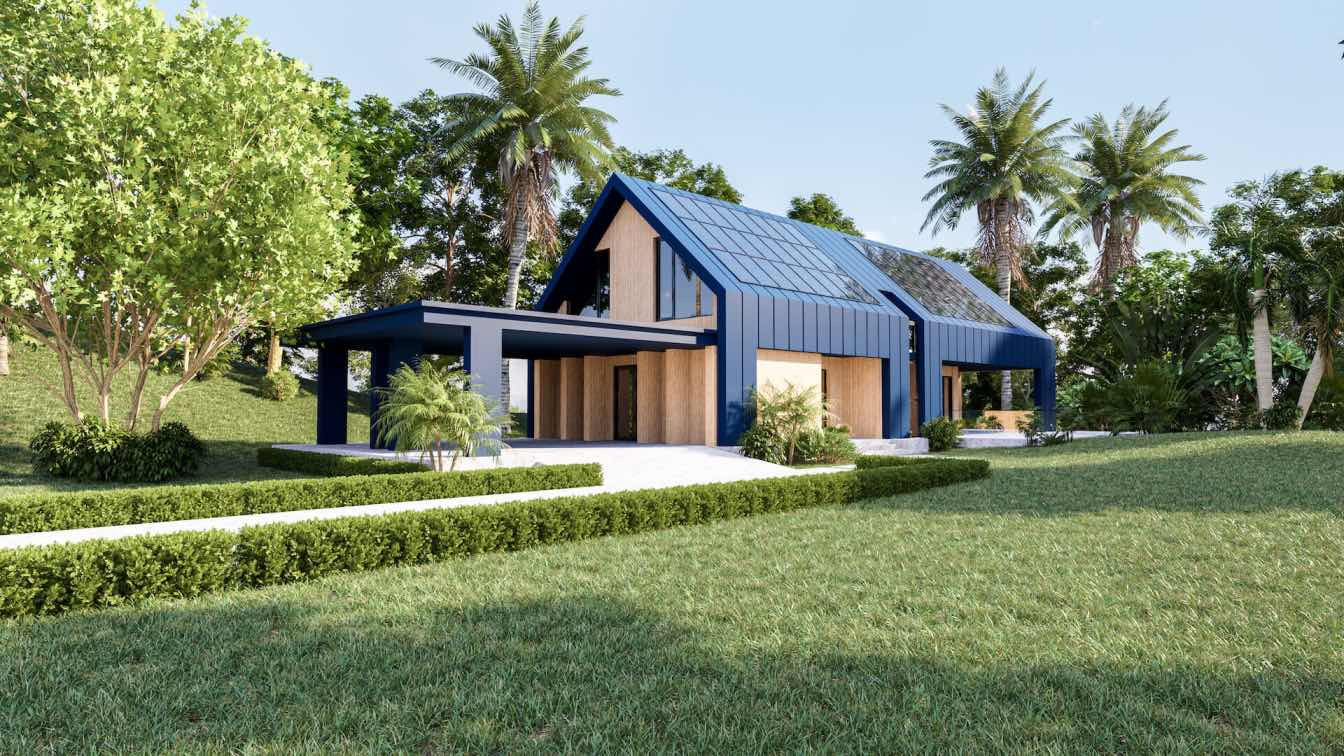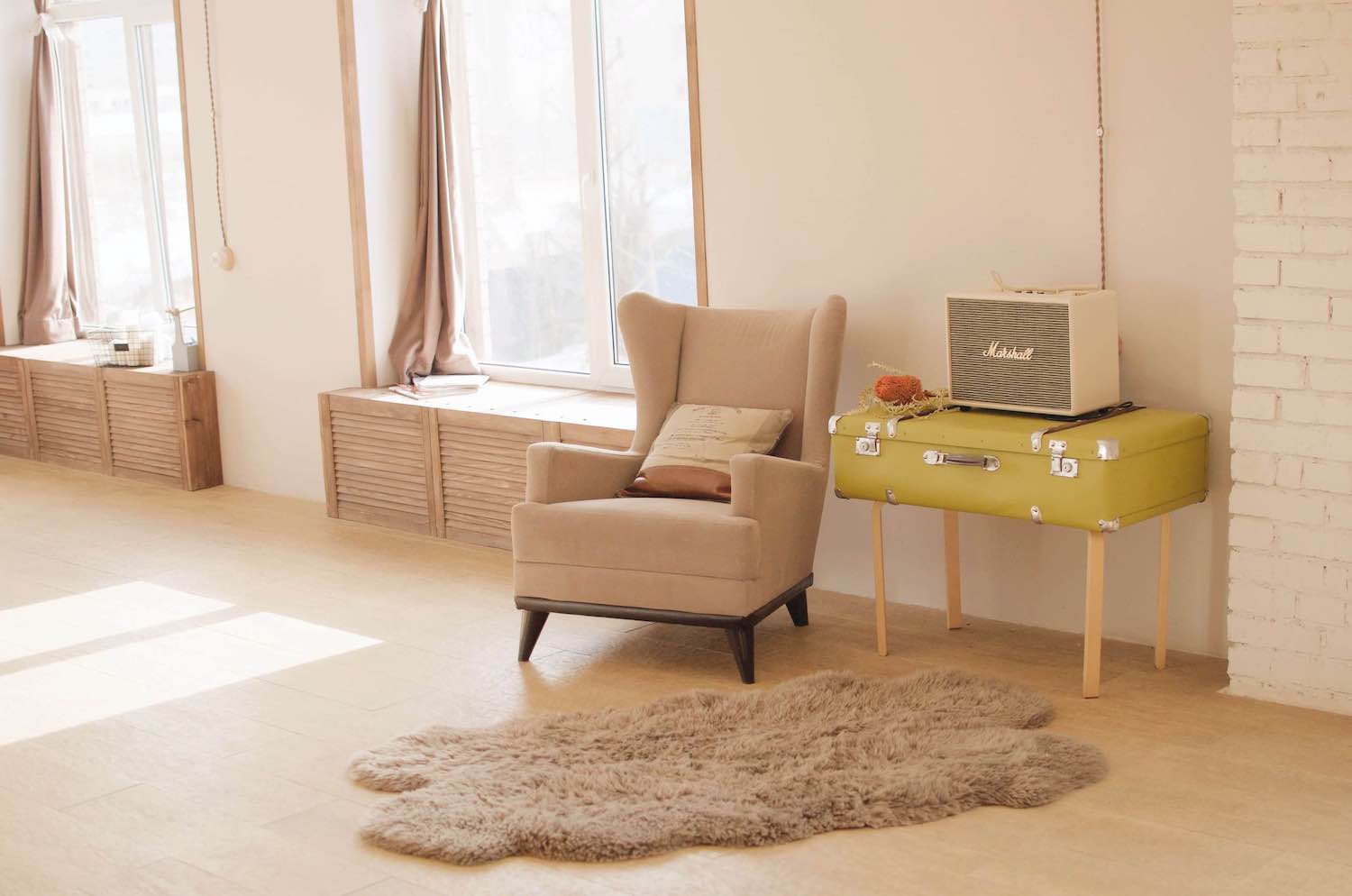Looking to unlock your full creative potential as an architect this year? In today's fast-evolving design landscape, staying innovative is essential to stand out and make an impact. Whether you're tackling complex projects or seeking fresh inspiration, enhancing your creativity can elevate your architectural vision and problem-solving skills. In this article, we'll explore 7 powerful ways architects can boost their creativity in 2025, from embracing new technologies to drawing insights from nature and beyond.
Here Are The 7 Ways That Can Enhance Creativity In Architectures
Engage in cross-disciplinary exploration
Creativity thrives at the intersection of disciplines. Architects can significantly expand their design vocabulary by exploring fields like fashion, film, sculpture, industrial design, and music. Each of these areas offers unique insights into form, rhythm, proportion, and storytelling—key elements in architectural design.
By studying how other creatives solve problems, architects can break away from conventional thinking and find innovative approaches to spatial challenges. For example, a lighting concept from a theater set design might inspire a more dynamic interior space. Engaging with varied creative industries not only fuels fresh ideas but also helps architects understand the emotional and experiential impact of design in new ways.
Attend exhibitions, read beyond architectural journals, and collaborate with professionals from other disciplines to spark unexpected inspiration. This year, commit to stepping outside your comfort zone—you'll be surprised how much it fuels your architectural imagination.
Travel and experience diverse cultures
Travel offers one of the most powerful ways to refresh your architectural perspective. Experiencing how different cultures use space, materials, and design traditions can dramatically expand your creative mindset. From the organic forms of Mediterranean villages to the minimalism of Japanese architecture, every place has lessons to offer.
When you walk through historic streets or observe local craftsmanship, you gain firsthand insights into scale, texture, light, and human interaction with built environments. These impressions often inform more thoughtful and culturally rich design solutions. Travel also encourages observation, patience, and curiosity—traits essential for innovative thinking.
Whether it's an international trip or exploring regions within your own country, make it a habit to document your experiences through sketches or photographs. By immersing yourself in diverse environments, you feed your imagination and return to the drawing board with fresh, globally inspired ideas.
Including wellness products in daily routine
A clear mind fuels creative breakthroughs. Architects often face demanding schedules and high-pressure deadlines, which can drain inspiration. Including wellness products in your daily routine, like aromatherapy diffusers, CBD oil tincture, herbal teas, ergonomic furniture, or calming music, can help create a workspace that supports focus and relaxation.
A well-balanced environment enhances your ability to think freely and solve problems more creatively. It's not about luxury—it's about creating conditions that foster clarity, energy, and sustained curiosity. Establish a morning or evening routine that refreshes your mind, such as journaling, stretching, or even sitting in natural light for a few minutes. When you feel mentally and physically at ease, your creativity flows more naturally.
Practice sketching and freehand drawing daily
Sketching is one of the most effective tools to unlock architectural creativity. Freehand drawing helps you quickly translate abstract ideas into visual concepts, often uncovering solutions you wouldn't discover through software alone. This practice builds design confidence and gives you a visual library of ideas to reference in future projects.
Unlike rigid digital modeling, sketching invites mistakes, fluidity, and experimentation—all essential for creativity. Carry a small sketchbook wherever you go; you never know when inspiration will strike. Over time, daily drawing becomes not just a habit but a creative anchor in your design routine, empowering you to think visually and innovatively every day.
Collaborate with others
Great ideas are rarely created in isolation. Collaboration exposes you to new perspectives, skills, and ways of thinking that can dramatically elevate your architectural creativity. Whether you're working with engineers, interior designers, artists, or even clients, collaboration invites productive dialogue and creative tension that often leads to better outcomes.
Engaging with others allows you to see blind spots in your design approach and consider possibilities you may not have thought of alone. Sharing your work and listening to feedback not only sharpens your concepts but also builds confidence in defending and refining your ideas. In 2025, make collaboration a core part of your workflow.
Immerse in nature and biomimicry
Nature is the world's oldest and most efficient designer. By observing patterns, systems, and structures found in the natural world, architects can uncover sustainable and elegant design solutions. Biomimicry—drawing inspiration from how nature solves problems—can lead to innovations in form, structure, ventilation, and energy use.
Think of how a honeycomb structure can inspire modular design, or how termite mounds inform natural cooling systems. But beyond technical inspiration, immersing yourself in nature helps you reset mentally and recharge creatively. Regular walks, hikes, or time spent outdoors enhance your awareness of space, light, color, and organic form. Bring natural elements into your workspace—plants, materials, textures.
Experiment with digital tools and technologies
Technology is reshaping how architects think and create. From AI-assisted design to parametric modeling and virtual reality, digital tools allow you to explore complex forms, test ideas quickly, and visualize spaces like never before. These technologies don't just improve efficiency—they expand creative boundaries.
Tools like Rhino, Grasshopper, and Blender let you push beyond traditional forms and experiment with structures inspired by algorithms, movement, or user interaction. Virtual reality can help you experience and refine your design in immersive ways. Even AI-generated design prompts can kickstart new concepts when you hit a creative block.
Embracing these innovations doesn't mean abandoning your core design instincts—it means enhancing them. In 2025, challenge yourself to learn or deepen your skills with at least one digital tool that excites you. The more fluent you become with technology, the more fearless and inventive your architectural vision will be.
The Final Words
Creativity is the lifeblood of architecture—it's what transforms structures into stories and spaces into experiences. In a fast-changing world, staying creatively energized isn't just a bonus—it's essential. By stepping outside your routine, embracing new tools, and drawing inspiration from nature, culture, and collaboration, you give your imagination room to grow. So this year, challenge yourself to think differently, explore fearlessly, and design with a fresh perspective. The future of architecture belongs to those who dare to reimagine it—creatively, consciously, and courageously.





